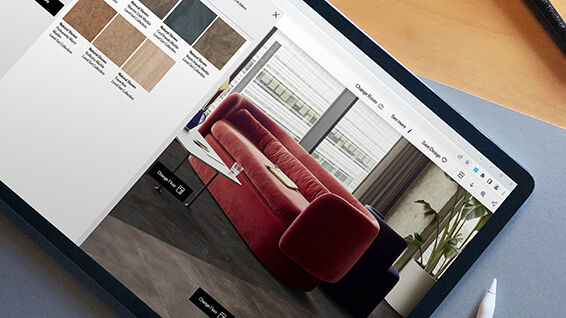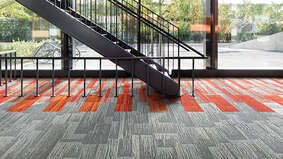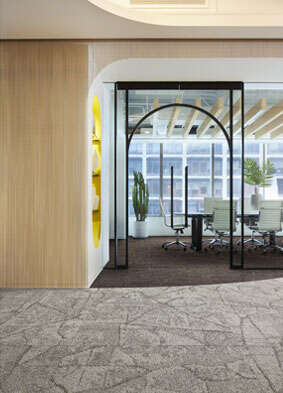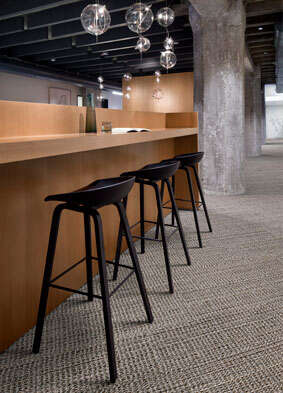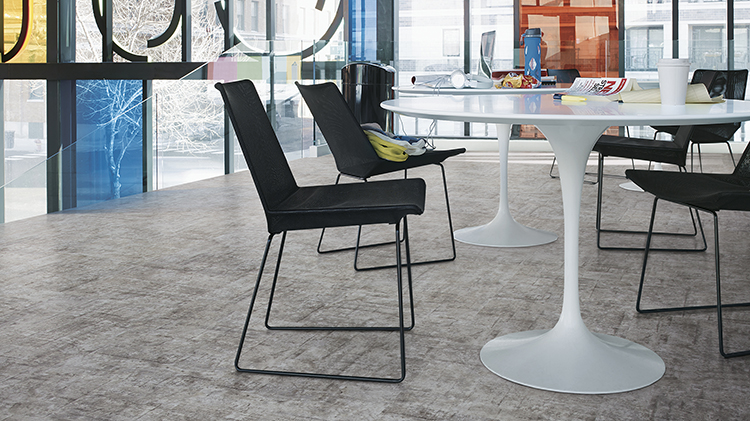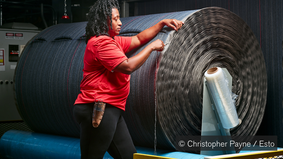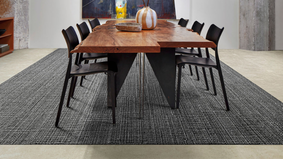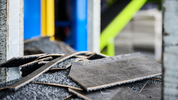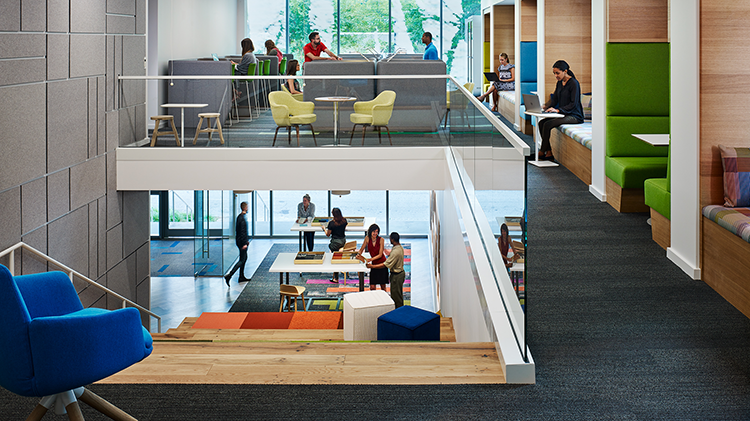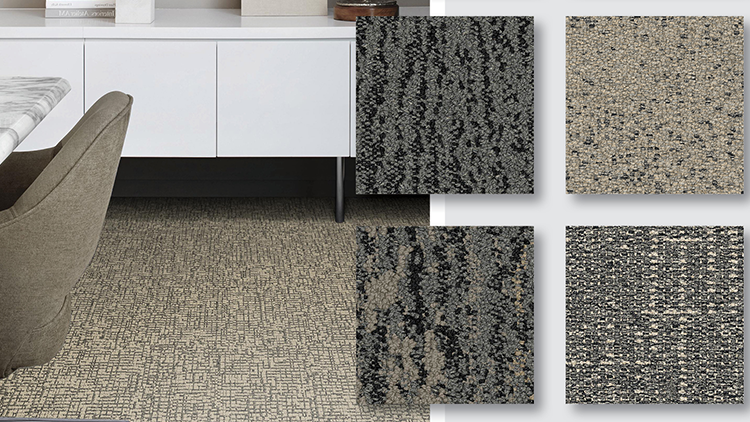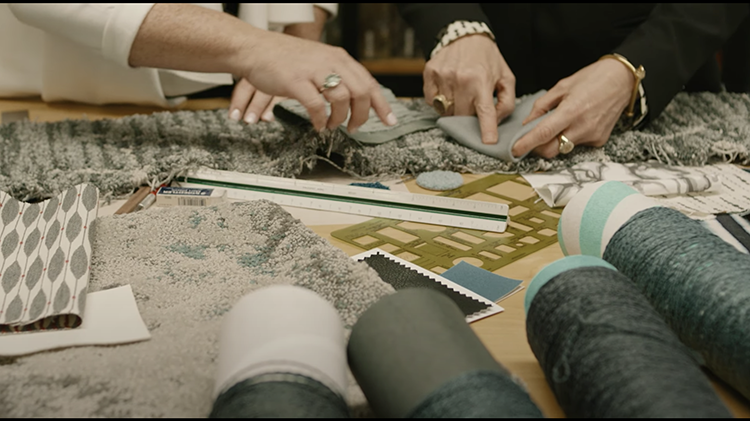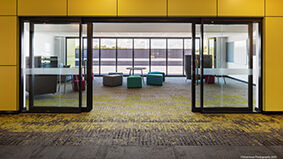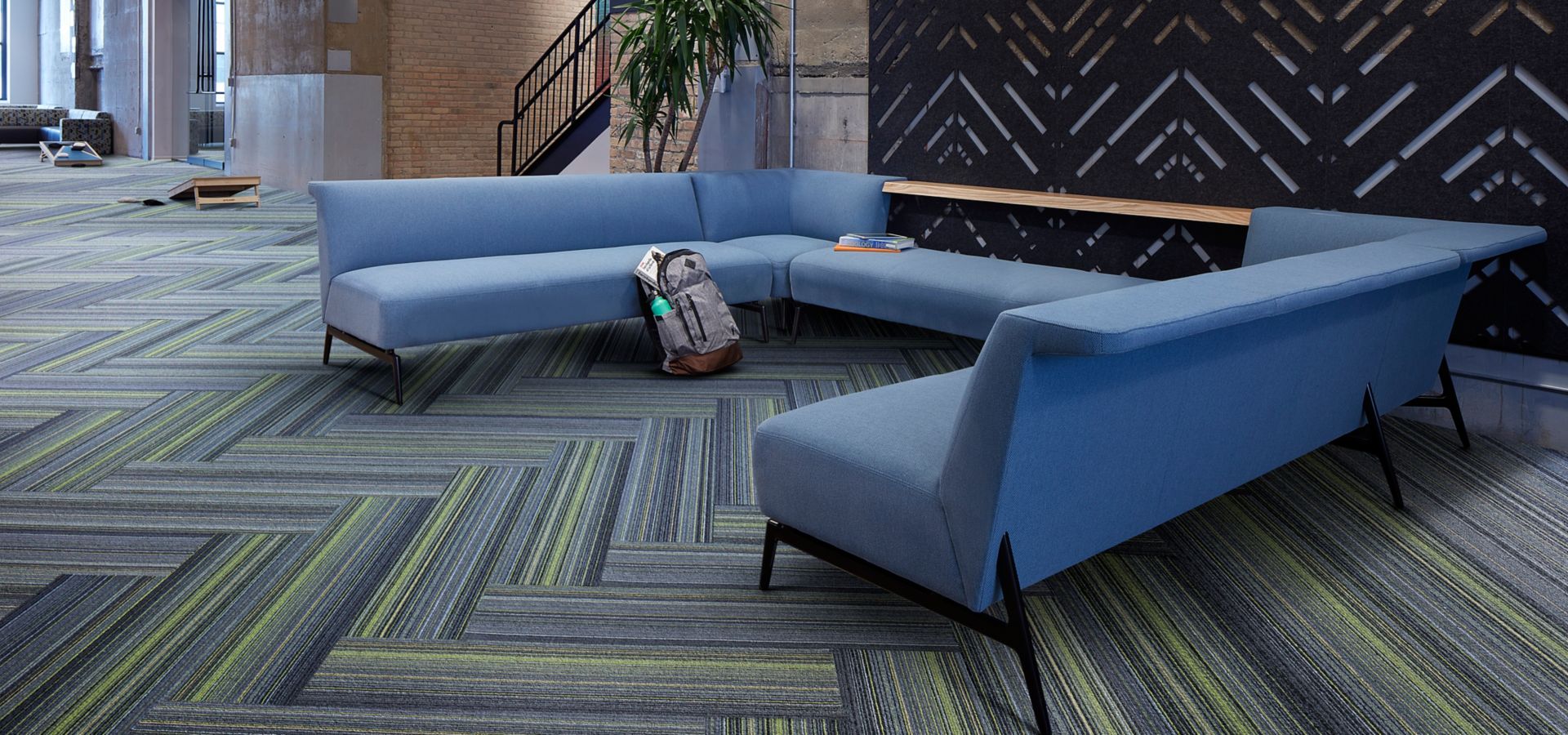Proof Positive
An Interview with John Bradford, chief science and technology officer
Before he was Interface’s mad scientist in residence, Chief Science & Technology Officer John Bradford was the child of farmers. “We never wasted anything, we couldn’t afford to,” he remembers of growing up in agriculture, “Whatever you did in the spring would be your consequence in the fall, so the cycles of accountability also were fairly short.” In other words, Bradford’s childhood taught him the concept of a closed system, in which materials are constantly reused, even if they must change form or phase to do so. The budding engineer also learned that such loops depend on stewardship: Neglect caring for soil depleted by last year’s harvest or storing rainwater from a particularly wet season, and the next crop may disappoint.
For a large-scale instance of a loop tilting off axis, Bradford points to the global carbon cycle. Almost everything on Earth includes a carbon component. Plastics are made of hydrocarbons stored within the Earth’s crust, while plants photosynthesize atmospheric carbon into carbohydrates. Under historically normal circumstances, the planet would hum along as plants sequester carbon dioxide and that carbon slowly filters into earth or air through various life processes. “But essentially the Industrial Revolution was the act of taking carbon-based materials and turning them into waste over time. And when you don’t reuse those materials, you pump carbon into the atmosphere at a far more abundant rate [than Earth can absorb it],” Bradford says. Because the carbon system is closed, the atmospheric carbon causing climate change today is not merely excessive; “the carbon is in the wrong place.”
Is it possible to coax this loop back into balance? Or, as Bradford puts it, to “un-pump the carbon out of the atmosphere and put it into cycles that restore our environment?” A year and a half ago, Jay Gould, now President and CEO of Interface, threw down precisely that gauntlet to the company with the Climate Take Back™ initiative, which began rolling out last June. Today Interface is moving a step closer to a solution with a prototype carbon-capturing tile.
Bradford explains that before Interface could even consider achieving net-positive environmental impact, it first had to eliminate its carbon waste. “When you declare a dream like this, there are milestones along the way,” and Gould’s challenge specifically stands on the shoulders of Mission Zero®, Interface’s goal to eliminate any negative impact the company has on the environment by 2020. “Back then we were using large amounts of water to dye our products, and energy follows water, so our energy consumption dropped threefold when we eliminated water from our process,” Bradford recalls. In 2005 the company capped its LaGrange, Georgia, landfill, rechanneling that site’s methane into factory production.
On average, approximately 70 percent of a material’s carbon footprint is attributed to raw material extraction and processing, and Bradford says even more dramatic gains can be had by closing off Interface’s system of production from raw materials. “In order for us to impact our total carbon footprint, we have to redesign things,” he says, citing Interface’s reusing post-consumer materials as all-new ingredients through its ReEntry™ and Cool Blue initiatives as an example. Net greenhouse gas emissions from the company’s Global factories plummeted from 1.46 kg of carbon dioxide per square meter in 1996 to just 0.12 kg in 2015.
Interface could conceivably purchase enough carbon offsets to get to zero and net positive from there. Bradford personally rejects complacency. Moreover, this prototype proves that an even greener alternative is within reach. “This is not alchemy; this is not a pipe dream,” he says, “This can really be done.”
Understanding just how requires taking another look at the global carbon cycle, and two systems by which carbon is extracted from the atmosphere. The first is photosynthesis. Bradford calls this a continual process of separating carbon dioxide and water into breathable oxygen and sugars (i.e. plant stored carbon). In this cycle carbon is sequestered until the plant dies or gets consumed (e.g. burned), when either of these events occur carbon leaks skyward again. Plants would either have to keep on living or get processed in specific ways for carbon to be retained and, thus, removed from the cycle.
The second system involves extracting C02 mechanically or chemically, and propelling it back into the Earth’s crust through the application of pressure or heat. This, too, has its downsides. Synthetic extraction of CO2 from the air is a complex and often energy intensive endeavor.
Bradford’s Interface’s carbon-capturing tile leverages the first system. But the company doesn’t peddle in perennials and shrubs, nor is it in the gasification business. “This takes me back to the farm,” Bradford says. “All you really need to do is stop the cycle when the carbon is captured, then use those materials over and over again.”
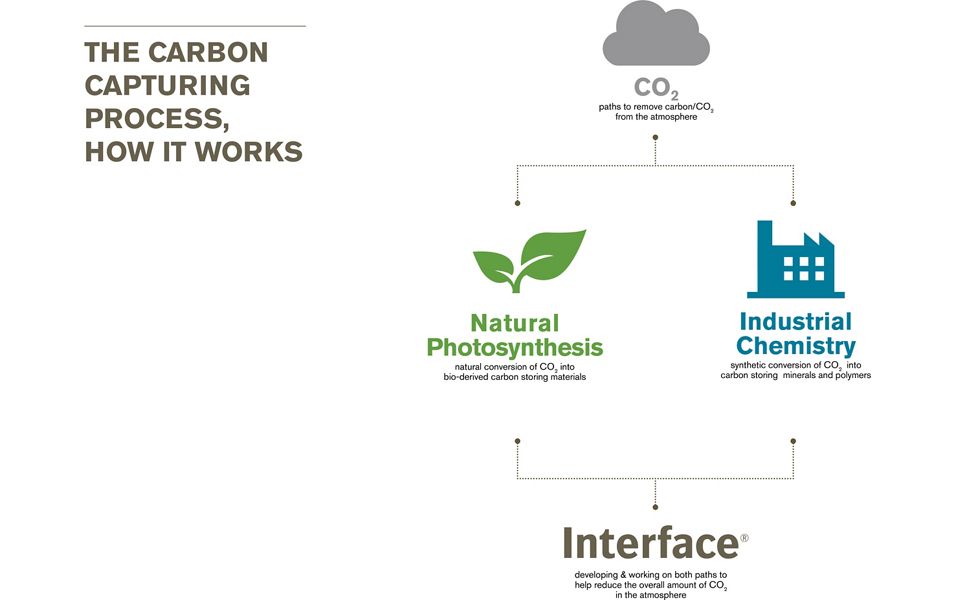
This is exactly what the prototype tile accomplishes, by incorporating natural plant-derived carbon throughout the tile. The plants from which these resources originate have grabbed carbon from the atmosphere – in fact, harvesting the materials does not necessarily entail killing the plants – and that carbon then enters the closed system that Interface has been developing for the last two decades. “The great part of this story is that the 20 years of work that we’ve put into building these closed-loop processes are all part of the Climate Take Back mission. If we didn’t have those, we wouldn’t have a mechanism for storing the carbon we brought home.” And in the unlikely case that one of these carbon-capture tiles does find its way to landfill, Bradford says, the polymers in which the tile’s ingredients are encased would prevent sequestered carbon release into the atmosphere for more than a generation In all, Bradford estimates that the tile’s net emissions will reach less than -2 kilograms of carbon dioxide equivalent per square meter.
To be sure, Bradford says the draping of the carbon-capture tile remains uncertain, and Interface will need to work on scalability – this is the way of prototypes. Yet he looks forward to the evolution that will take place as users and supply-chain partners interact with the prototype and offer their feedback for improvement. That roadshow begins in London in late May, with Interface’s presentation at Clerkenwell Design Week, and it continues in the United States the following month at NeoCon in Chicago.
